Smart toilets have changed the perception of hygiene and comfort in bathrooms, with heated seats, bidet functions, automatic flushing, and self-cleaning mechanisms. However, as great as they can be, even smart toilets can develop technical problems that drive their owners nuts. If your smart toilet isn't working correctly, there could be one of several reasons for this.
In this article, we will examine some common problems that can cause your smart toilet to malfunction and provide troubleshooting tips to get it up and running. We will also show you step by step the possible causes and solutions for everything, from a power issue and malfunctioning bidet to an unresponsive control panel.
Common Issues with Smart Toilets
Therefore, the point is not to jump to conclusions or call a repair service, as most issues relating to smart toilets can easily be fixed. Let's look at some of the most common reasons your smart toilet might not work.
Power Supply Problems
Cause:
Its power supply is the most likely cause of malfunction with a smart toilet. Unlike traditional toilets, smart toilets use electricity to power heated seats, bidets, and other flushing mechanisms inside them. If your smart toilet isn't working, it could be due to a power outage, a tripped circuit breaker, or a loose power connection.
Solution:
l Check the Power Source: First and foremost, your smart toilet should be correctly plugged into a working outlet. If a switch operates the outlet, turn it on.
l Reset Circuit Breaker: The circuit leading to your toilet may have tripped on your home's electrical panel. If so, then you should reset the breaker
l Check the Power Cord: The power cord plugged into your toilet should be whole and plugged into the outlet properly. If it is damaged, replace it.
l GFCI outlet tripped: Since most bathrooms require GFCI outlets for safety, first check that the GFCI hasn't tripped. If it has, press the "reset" button on the outlet.
Unresponsive Control Panel or Remote
Cause:
Advanced toilets have control panels or wireless remotes for regulating bidet sprays, water temperature, and seat warmth. If the control panel or remote isn't working, it could also be because of a dead battery, interference with the signal, or some glitch in the software.
Solution:
l Change the Batteries: If you use a wireless remote, the problem can be as simple as a dead battery. Change the batteries inside the remote and try again.
l Check for Interference in Signals: Ensure nothing is between the remote and the toilet. Signal interference may also occur when other wireless devices are working in close proximity.
l Resetting the Control Panel: Most toilets possess a built-in control panel; to reset the system, turn off the power supplies for a few minutes before switching them on again. This might solve some minor issues.
l Software Update: Expensive smart toilets sometimes require software updates. Check your toilet's user manual for potential software updates, and follow the installation instructions.
Bidet Not Functioning Properly
Cause:
Of all the features, a bidet is undoubtedly the most important feature of a smart toilet. Sometimes, something goes wrong with it. Common issues include low water pressure, no water flow, or the wrong temperature.
Solution:
l Check the Water Supply: Make sure that the water supply to the toilet is turned on and that the hose connecting it to the toilet is free of kinks. Low water pressure could affect the bidet's performance.
l Clean the Nozzles: Bidet nozzles will eventually clog from built-up mineral deposits or other debris, especially when hard water is present. Follow the manufacturer's instructions for periodic cleaning to maintain the best performance.
l Changing the Water Settings: If the jet of water coming through the bidet spray is a bit too weak or too strong, check your control settings and adjust the water pressure. Be sure the setting that controls the temperature of the water is appropriate, too.
l Check the Heating Element: If the water isn't heating up that well, it might be in the bidet system's heating element; hence, this might need professional repair.
Heated Seat Not Working
Cause:
One of the biggest appeals of a smart toilet is the heated seat, especially during colder months. If the heated seat is not warming up, the issue could be due to a power problem, control settings, or a faulty heating element.
Solution:
-
Check the Seat Temperature Settings: Sometimes, the heated seat feature may be accidentally turned off or set to the lowest temperature. Check the control panel or remote to ensure the seat is set to the desired temperature.
-
Inspect the Power Supply: As with other power-related issues, ensure the toilet is properly plugged in and receiving power.
-
Faulty Heating Element: If everything is connected correctly and the settings are correct, but the seat is still not heating up, there could be an issue with the internal heating element. In this case, contacting the manufacturer or a professional technician for repairs may be necessary.
Automatic Flushing Not Working
Cause:
Automatic flushing is a convenient feature of smart toilets, but it can sometimes stop working due to sensor malfunctions or water supply issues. The sensor that detects when the toilet is used might be obstructed, or the water flow could be interrupted.
Solution:
-
Clean the Sensors: Automatic flushing relies on sensors that detect when a person stands up or leaves the toilet. If these sensors are clean or blocked, they may need to be fixed. Clean the sensor area gently with a soft cloth.
-
Check the Water Supply: As with the bidet, automatic flushing may not work if the water supply is disrupted. Ensure the water supply valve is fully open and the pipes have no blockages.
-
Adjust the Sensor Settings: Some smart toilets allow users to adjust the sensitivity of the sensors. Refer to your toilet’s manual to see if this setting can be customized.
-
Manual Flushing: Most smart toilets include a manual flush option as a backup. If the automatic flush still malfunctions, you can use this option temporarily while troubleshooting.
Water Leaks or Overflow Issues
Cause:
A leaking or overflowing toilet is a serious issue that needs immediate attention. Faulty seals, clogged pipes, or damaged internal components can cause leaks.
Solution:
-
Inspect the Seals: Check the seals around the toilet base, water supply hose, and tank (if applicable) to ensure they are secure and not worn out. Replace any damaged seals to prevent leaks.
-
Check for Clogs: Blockages in the toilet or drainpipe can cause water to back up and lead to overflows. Use a plunger or a toilet auger to remove clogs.
-
Examine the Internal Mechanisms: If water leaks or overflow, the problem could lie in the toilet's internal components, such as the fill valve or flush mechanism. These parts may need adjustment or replacement, and professional assistance might be required.

Preventative Maintenance Tips for Smart Toilets
Regular maintenance is essential to avoid common issues and extend the lifespan of your smart toilet. Here are a few preventative maintenance tips:
-
Clean the toilet regularly: Use non-abrasive cleaners and avoid harsh chemicals that can damage the toilet's sensors or nozzles.
-
Check for software updates: If your smart toilet has software or firmware, update it regularly for optimal performance.
-
Inspect the water supply and power connections: Periodically check that your water supply lines and power cords are in good condition.
-
Schedule professional maintenance: For complex issues, having a professional technician service your smart toilet every few years is wise.
Final Thoughts
A smart toilet is an excellent addition to any modern bathroom, providing service with more hygiene, comfort, and convenience. However, like all high technology, smart toilets can sometimes develop problems. Being able to recognize some common issues, supply problems, malfunctioning bidets, or control panels that refuse to workwork – you may be in a position to diagnose the problem yourself and fix it.
With regular maintenance and minor troubleshooting, you should be well on your way to keeping your smart toilet up and running for years to come. If it's a more serious problem, don't hesitate to consult a professional repair service.

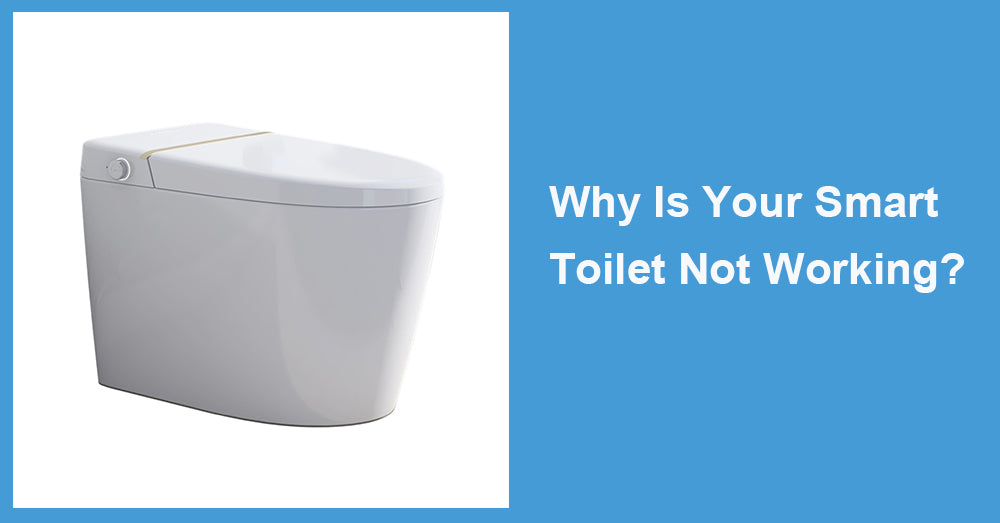
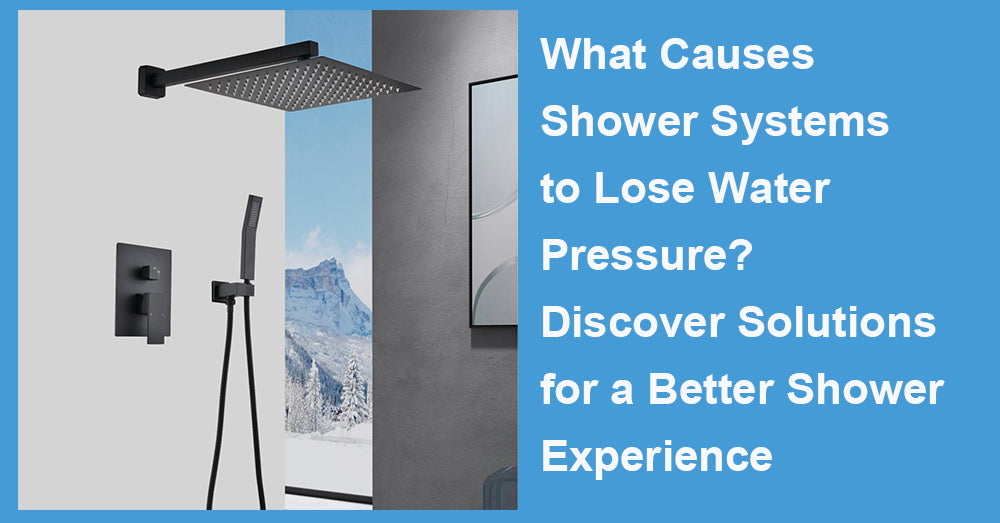
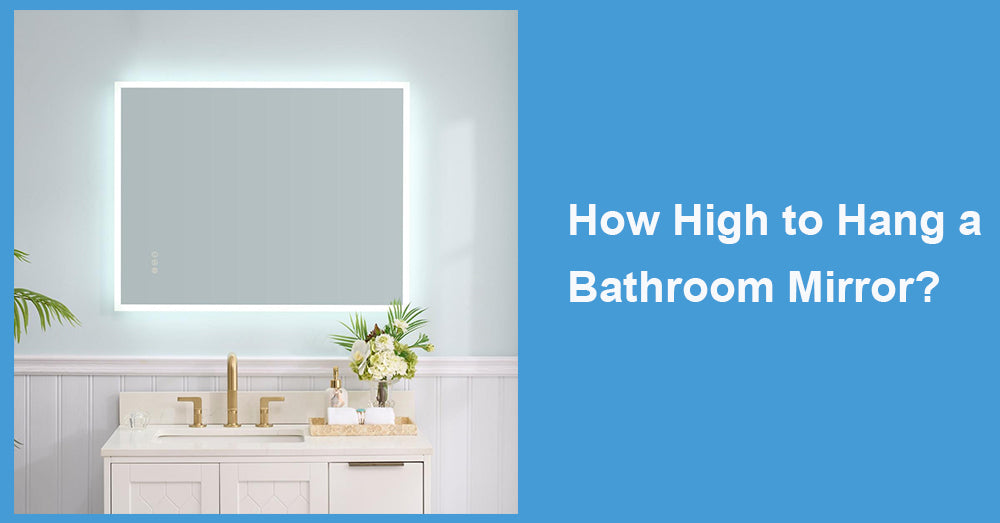


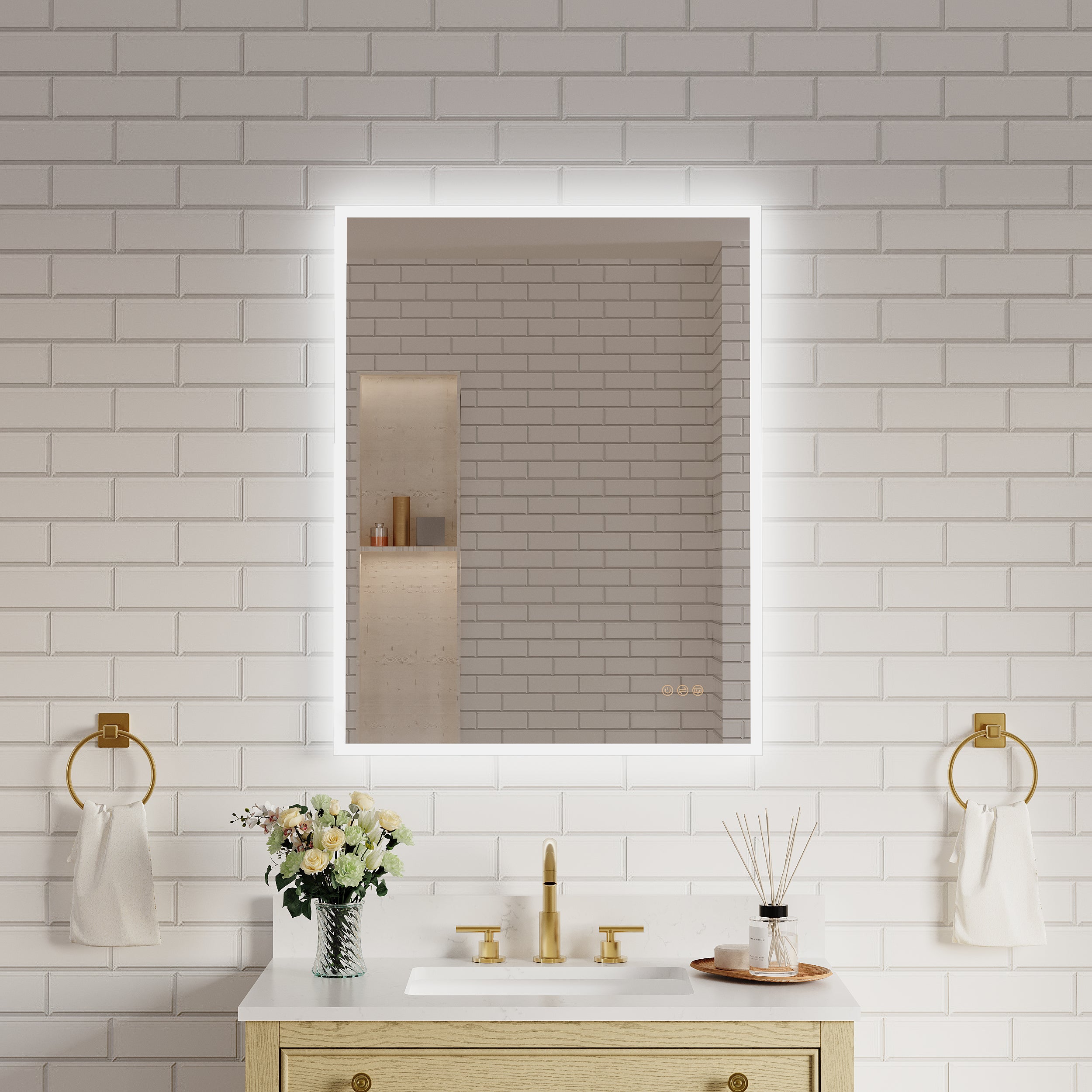

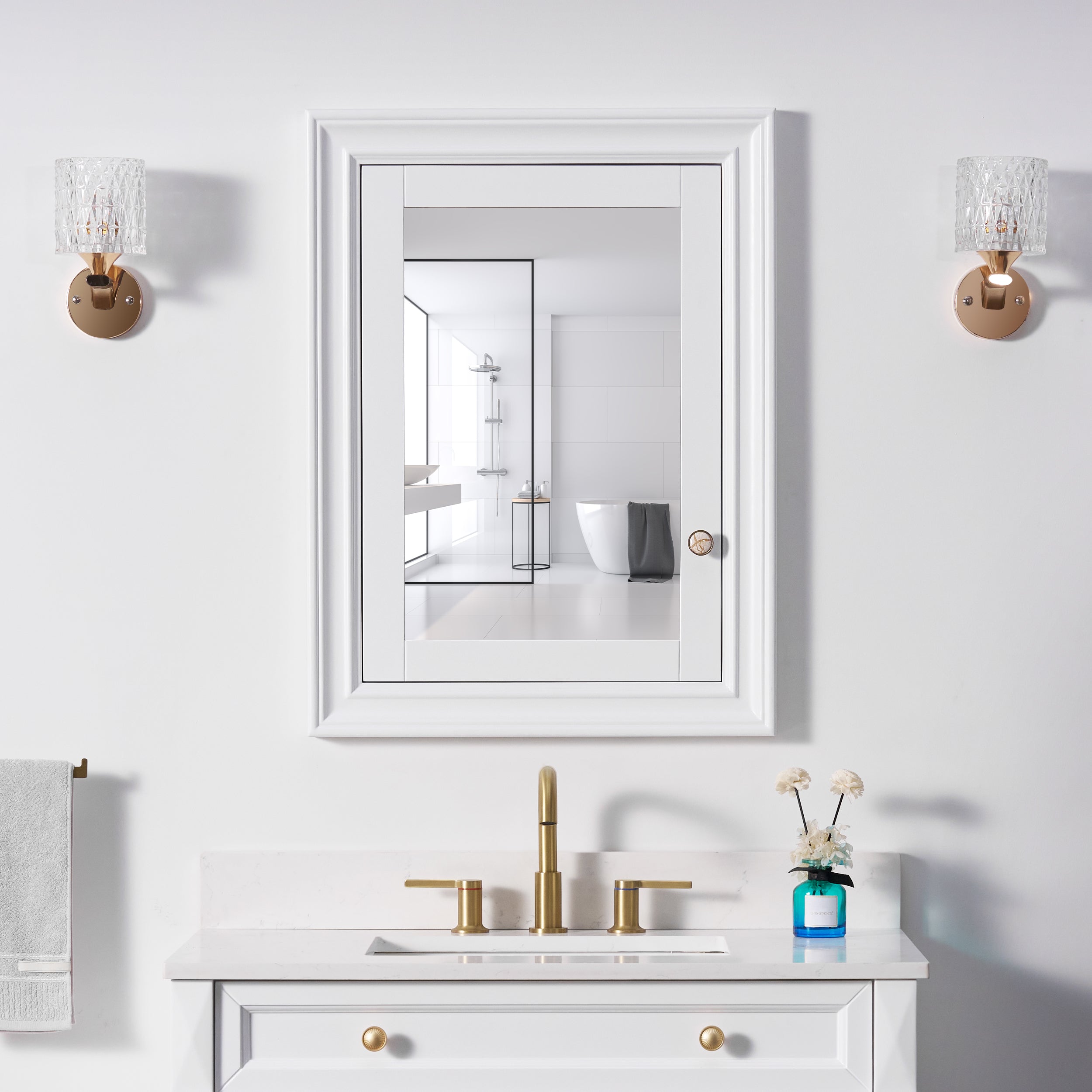
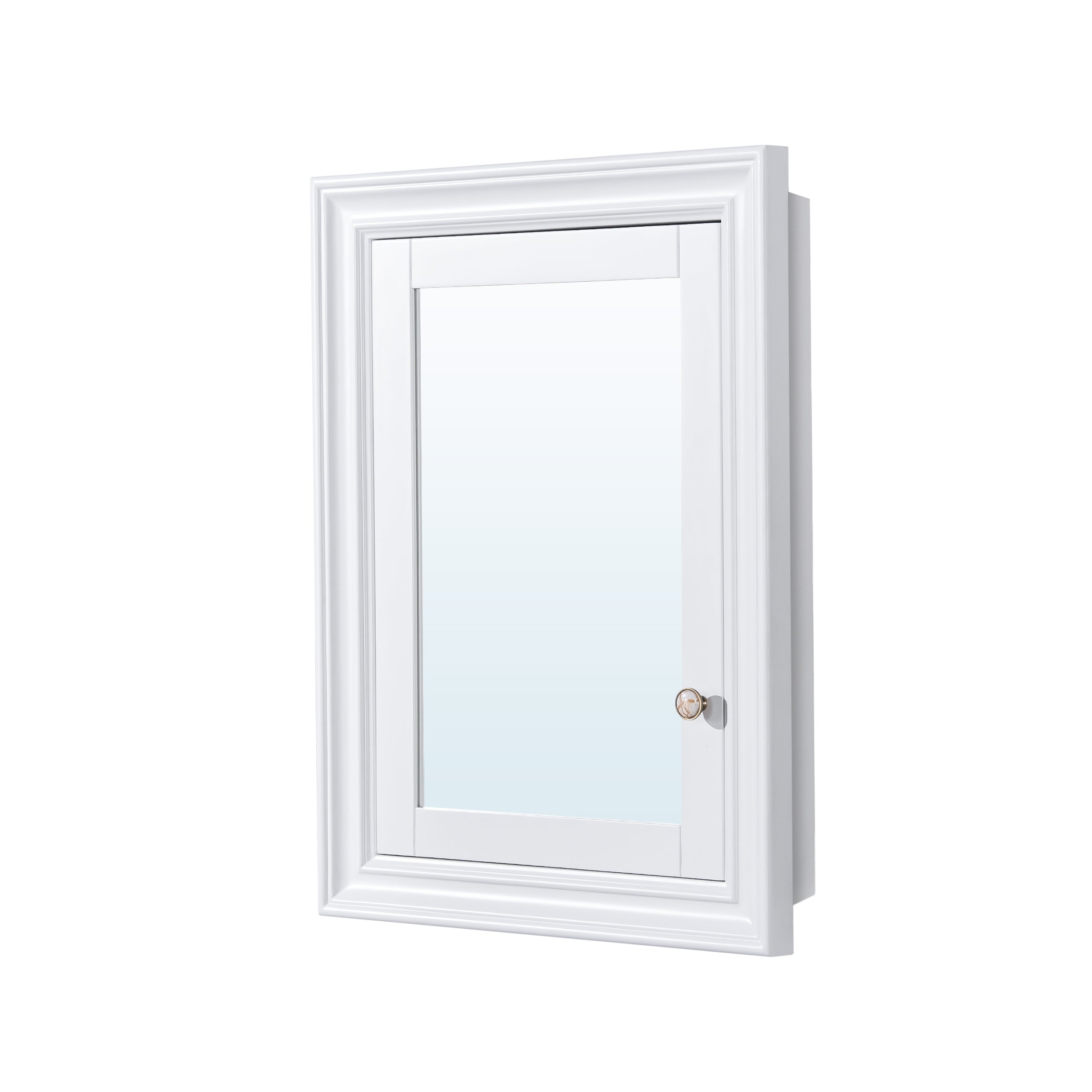
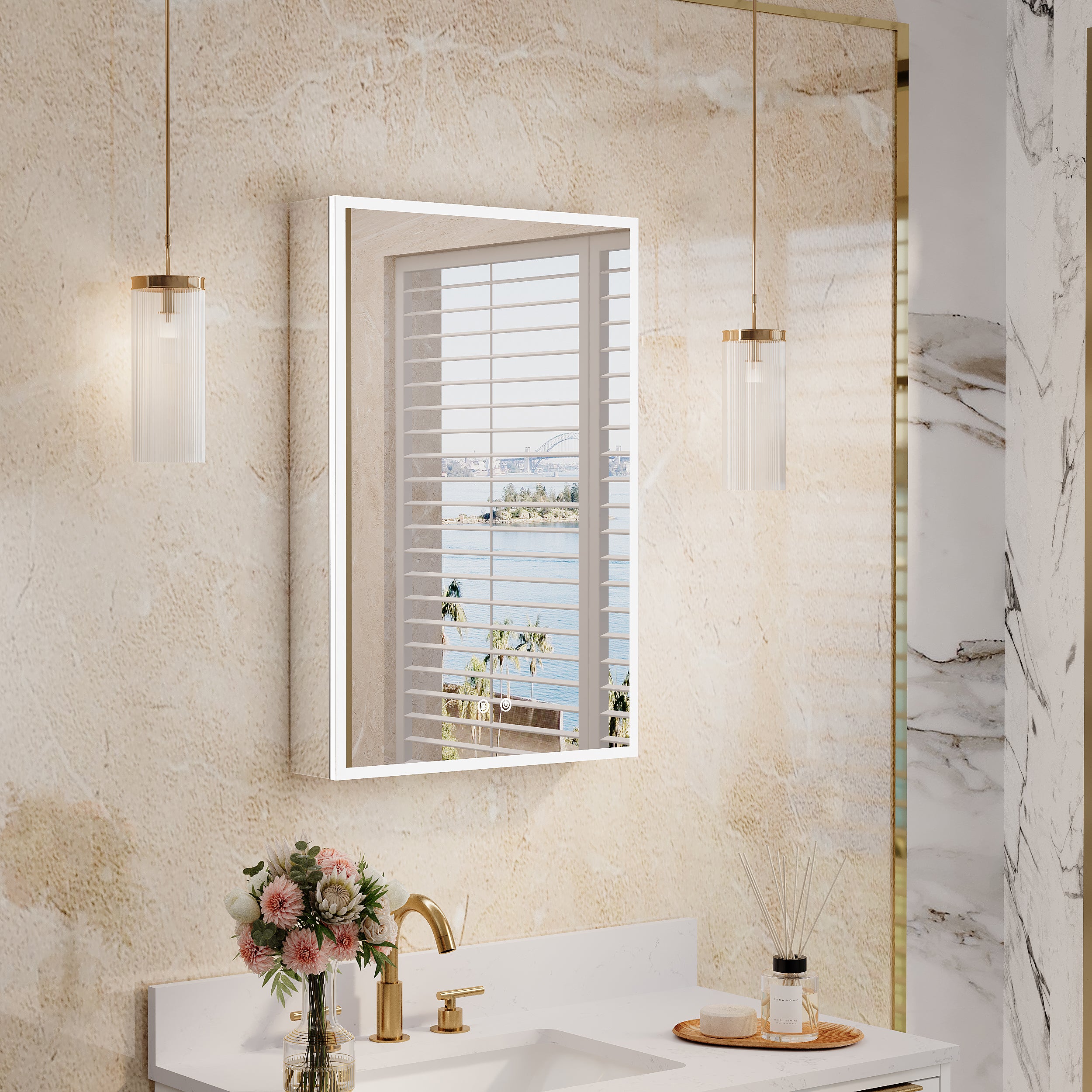
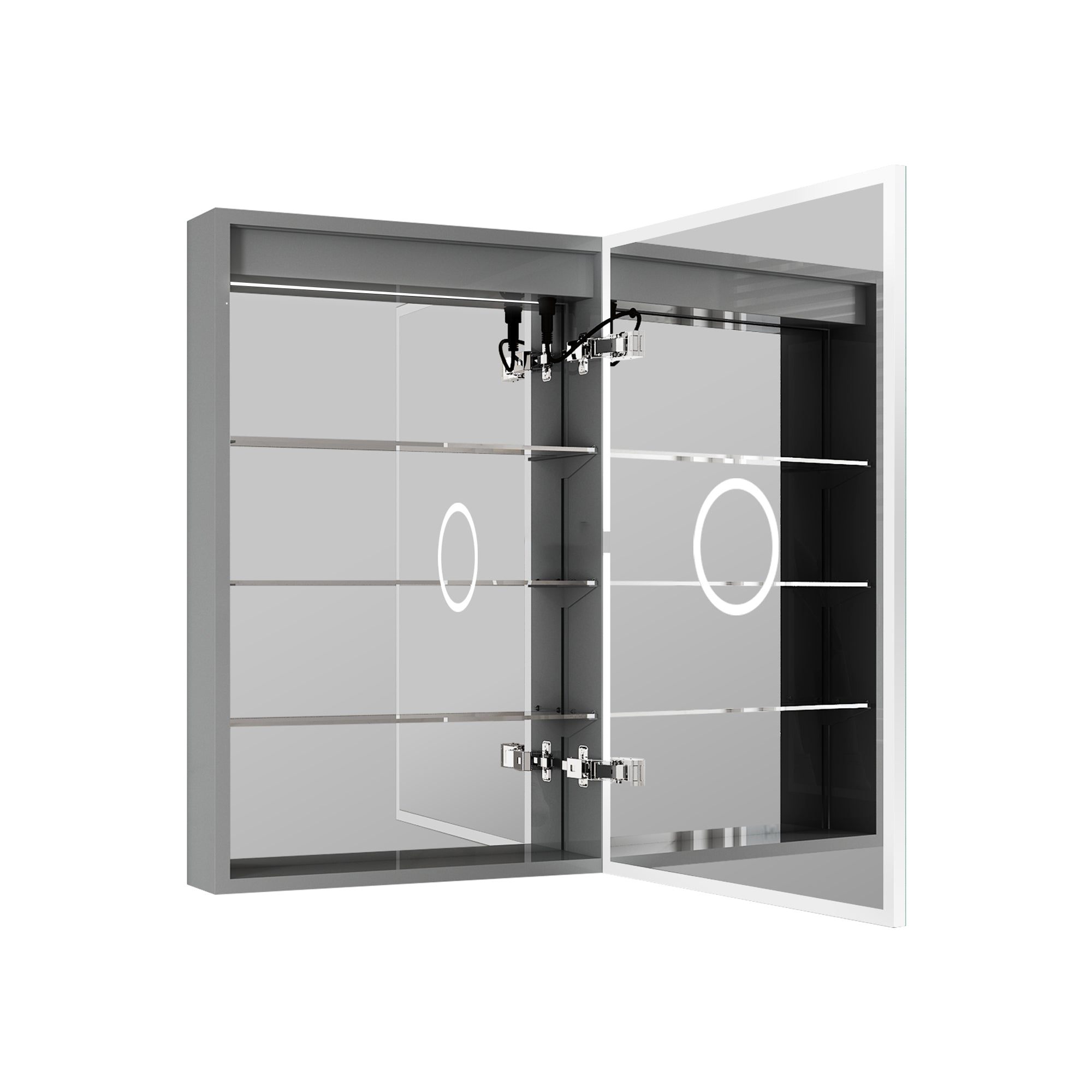
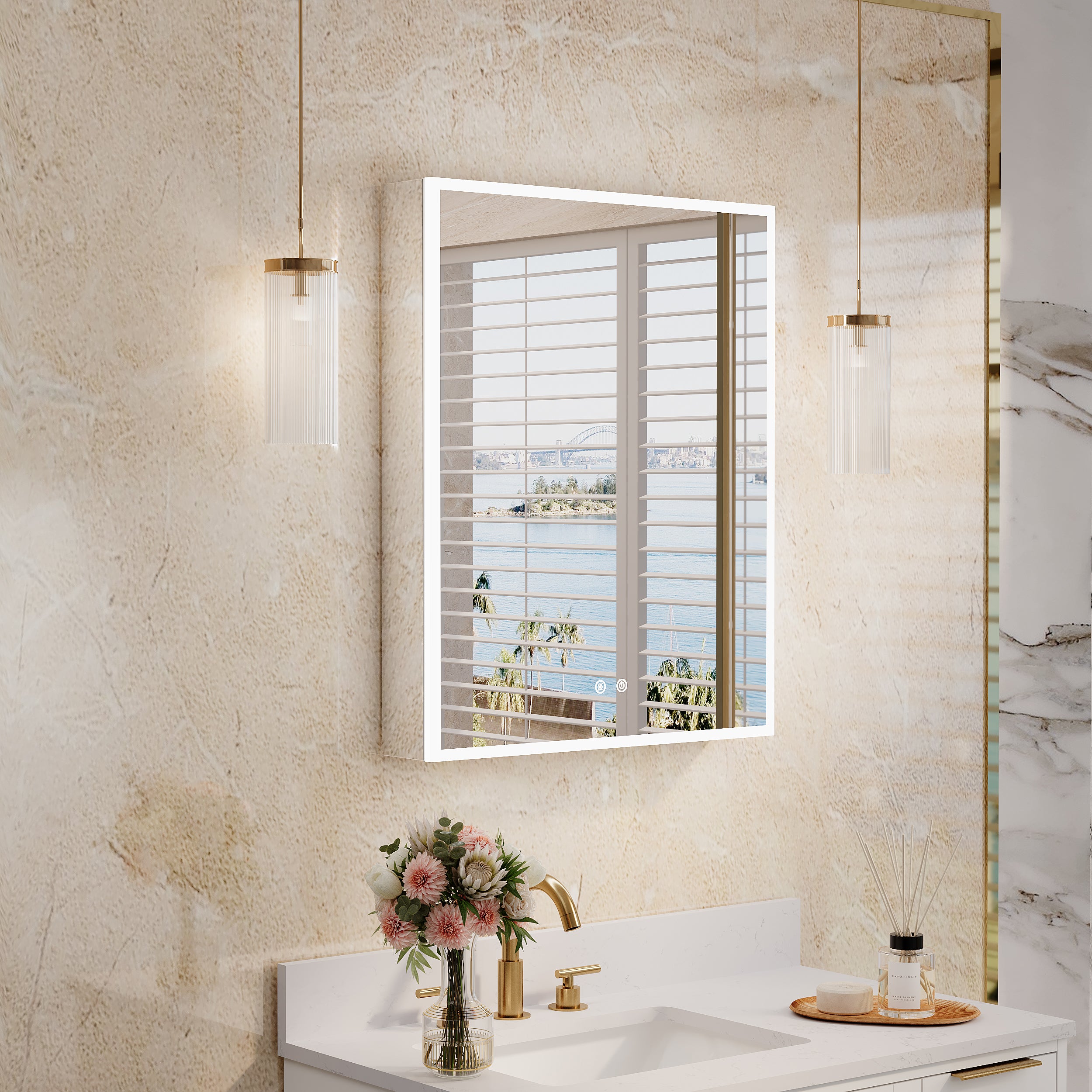
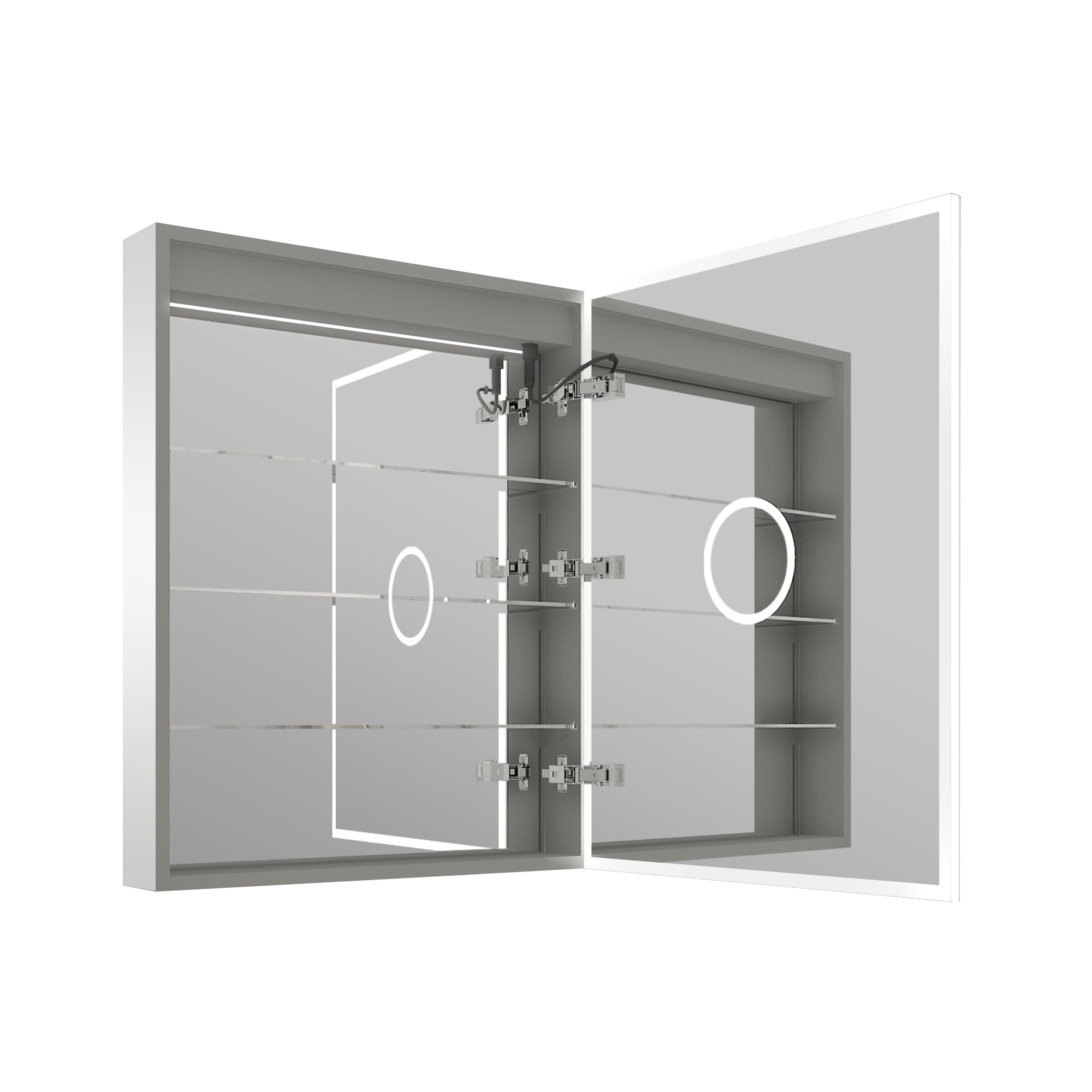


Leave a comment
This site is protected by hCaptcha and the hCaptcha Privacy Policy and Terms of Service apply.